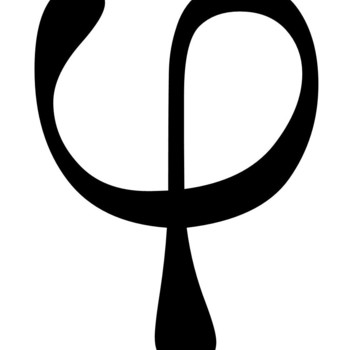Range of x + 1/x ?
1 Answer
Explanation:
The range of a function is defined as all possible values of
To find
Switch the variables, and then solve for
The above is a quadratic equation of the form
For such quadratic equations,
Here,
We must find the domain of the above. When the denominator, a radical, or a logarithmic function is less than zero, the function is undefined.
So here, for both values (as only the radical, the same in both values, matters) we have:
So
Therefore, the domain of
By extension, the range of

